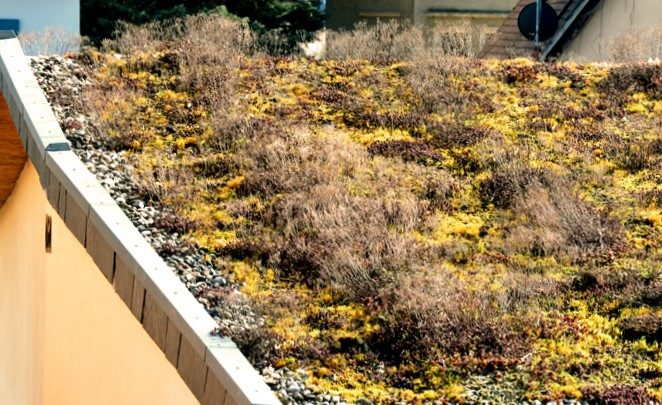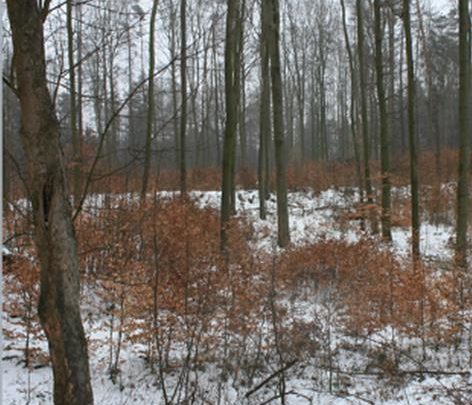Immediate reforestation of areas damaged by natural disasters
Larger open spaces, caused for example by timber harvesting and storms, are particularly critical areas for the development of floods. Avoiding large open areas – e.g. by promoting shelter before timber harvesting – and closing the resulting open areas as quickly as possible can noticeably reduce runoff from flood-sensitive catchment areas.







